Tennis players, but also those of squash or badminton, sometimes tend to consider the padel like a beach sport, technically and physically easier than their favorite discipline.
It is both true and false. In tennis, it is necessary to acquire a minimum of technique before being able to make long exchanges, whereas the padel allows even beginners to have fun faster. Still in tennis, the distance to be covered by a player is greater than in padel, because the surface of the court is greater: counting three meters back behind the baseline, each singles player will have to cover approximately 125 m². Conversely, two players of padel have 100 m² of surface to cover (not counting exits), i.e. 50 m² per person.
Size isn't everything
But the size of a court is by far not enough to quantify the physical expenditure caused by a sport: badminton and squash courts are much smaller than a tennis court, but these sports are considered more demanding, especially at the cardiac level.
Other parameters are taken into account, in particular the recovery times between exchanges. We know, for example, that the effective playing time in tennis is only around 20 to 25% on average; it may be more on a slow surface like clay, or much less on a fast surface. Extreme case: on the grass of Wimbledon, with the rapid and low rebound, we play on average 7 minutes per hour, or 11,5% of the time!
Au padel, because walls return the ball and players cover the court more easily, points last longer. The actual playing time, according to a Spanish study conducted in 2008, is there more than 49% of the time: in short, the player is in action for half the time.
Heart rate and calories
Another way to measure physical expenditure: heart rate. Several studies on this subject have concluded that the heart rate during a match of padel is around 140 beats per minute (BPM), with peaks at 180 BPM or even higher. Values comparable to those of a singles game of tennis, during which the average heart rate fluctuates between 140 and 180 beats per minute. A squash match is slightly more demanding, with frequencies included between 162 and 177 beats per minute.
Without going into further details, we will quote one last figure: the number of calories burned in one hour during a match. Because we are on the move there most of the time, the padel eliminates up to 600 calories (*) per hour of play. This is a quarter more than the caloric expenditure generated by one hour of tennis in doubles and the equivalent of that of a singles.
And if the physical expenditure of part of padel is not enough for you, you can always increase it by training on a half court with two, diagonally (or a full court, with two rebounds allowed). In this case, you will play twice as many balls and burn more calories. Let's go!
(*) Of course, the energy expenditure varies according to the weight of the player and the intensity of the session.
After 40 years of tennis, Jérôme falls into the pot of padel in 2018. Since then, he thinks about it every morning while shaving… but never shaves pala in hand! Journalist in Alsace, he has no other ambition than to share his passion with you, whether you speak French, Italian, Spanish or English.

















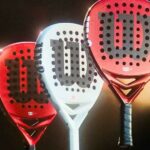


















































































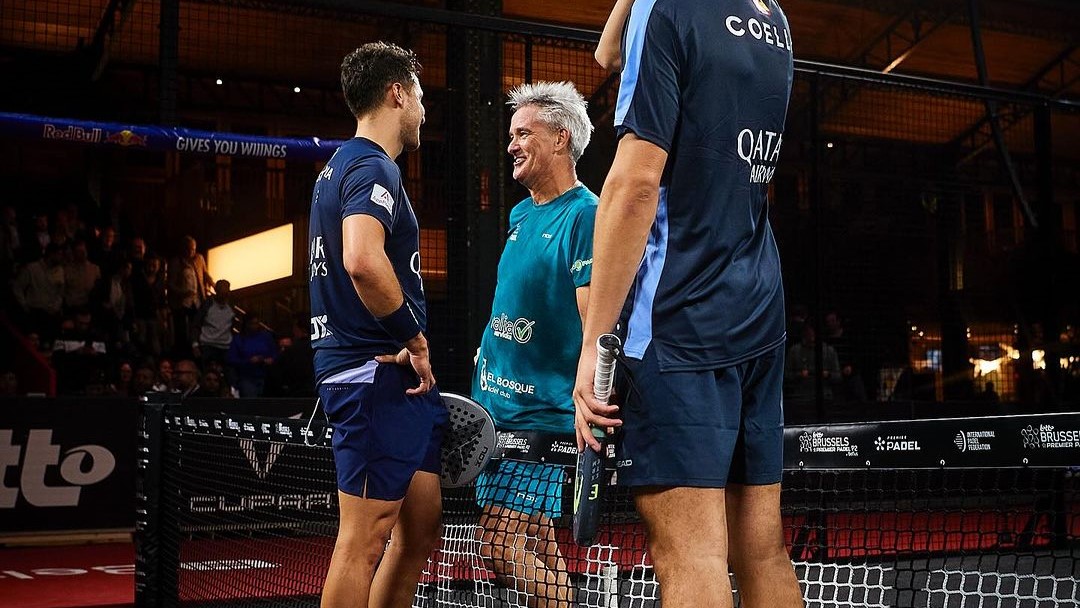 Agustin Tapia salutes the longevity of Miguel Lamperti
Agustin Tapia salutes the longevity of Miguel Lamperti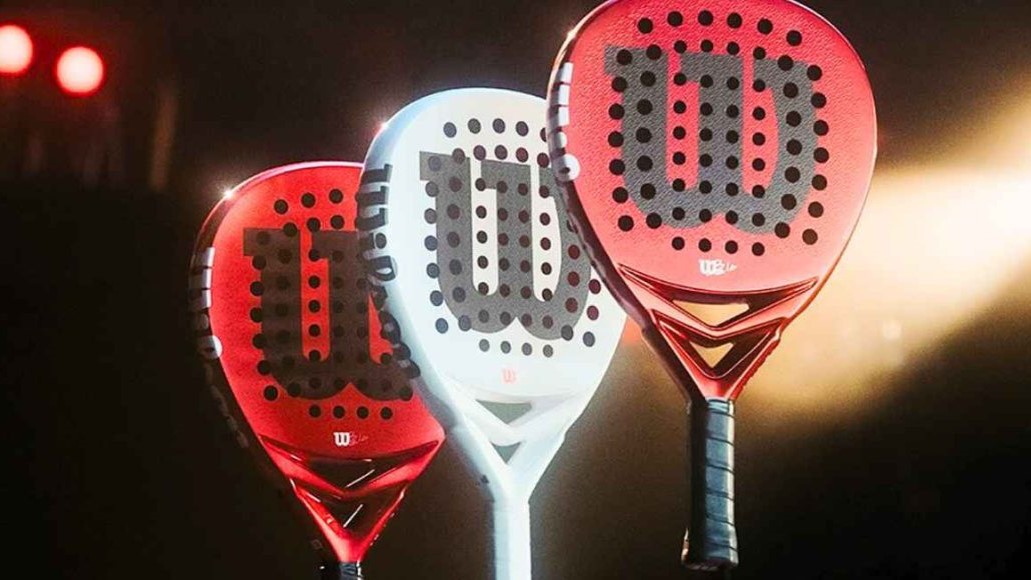 Presentation of the Wilson Bela V2.5 collection
Presentation of the Wilson Bela V2.5 collection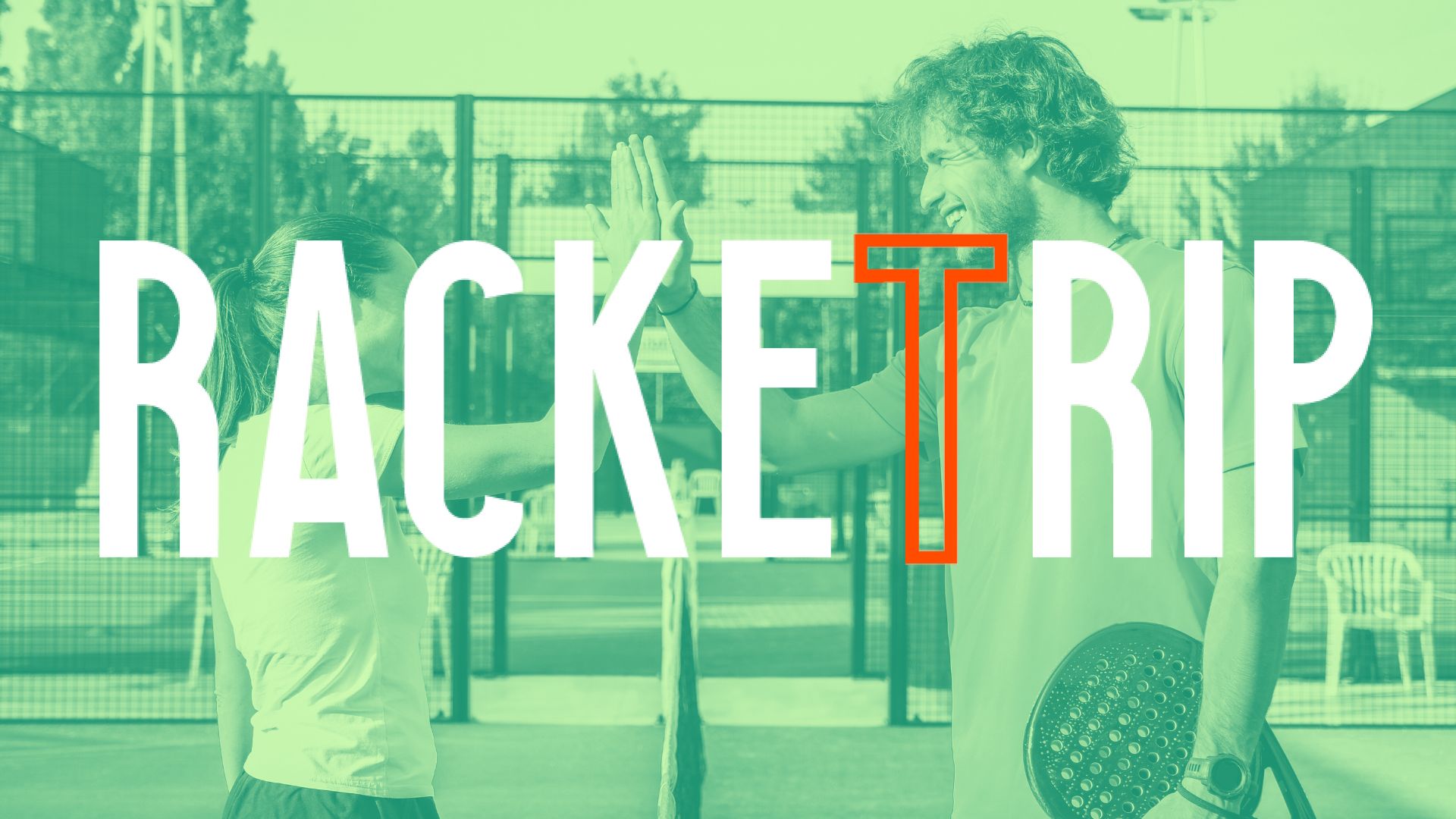 The LinkedIn of racquet sports: Racket Trip
The LinkedIn of racquet sports: Racket Trip Guillaume Codron de Sud Padel : “A family project”
Guillaume Codron de Sud Padel : “A family project” Nallé Grinda: “Democratize the padel in the USA with PadelX "
Nallé Grinda: “Democratize the padel in the USA with PadelX " Simon Boissé: “We know that there are two nations in front of us”
Simon Boissé: “We know that there are two nations in front of us” Marie Maligo: “This period of frequent changes of partners was beneficial for me”
Marie Maligo: “This period of frequent changes of partners was beneficial for me” The All Star Tour returns on May 16 at the All In in Lyon
The All Star Tour returns on May 16 at the All In in Lyon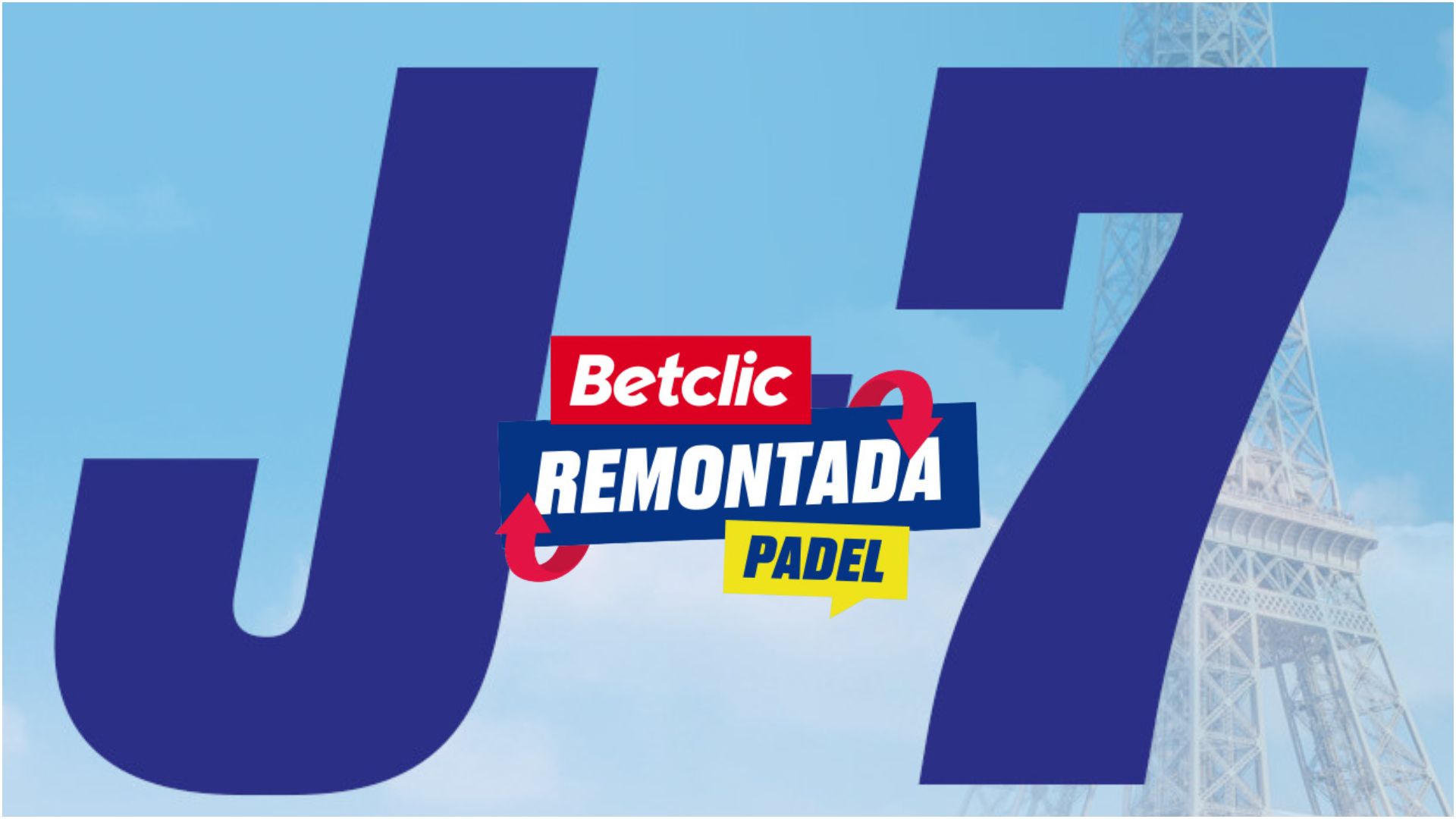 D-7 of the “BetClic Remontada Padel”, at the foot of the Eiffel Tower
D-7 of the “BetClic Remontada Padel”, at the foot of the Eiffel Tower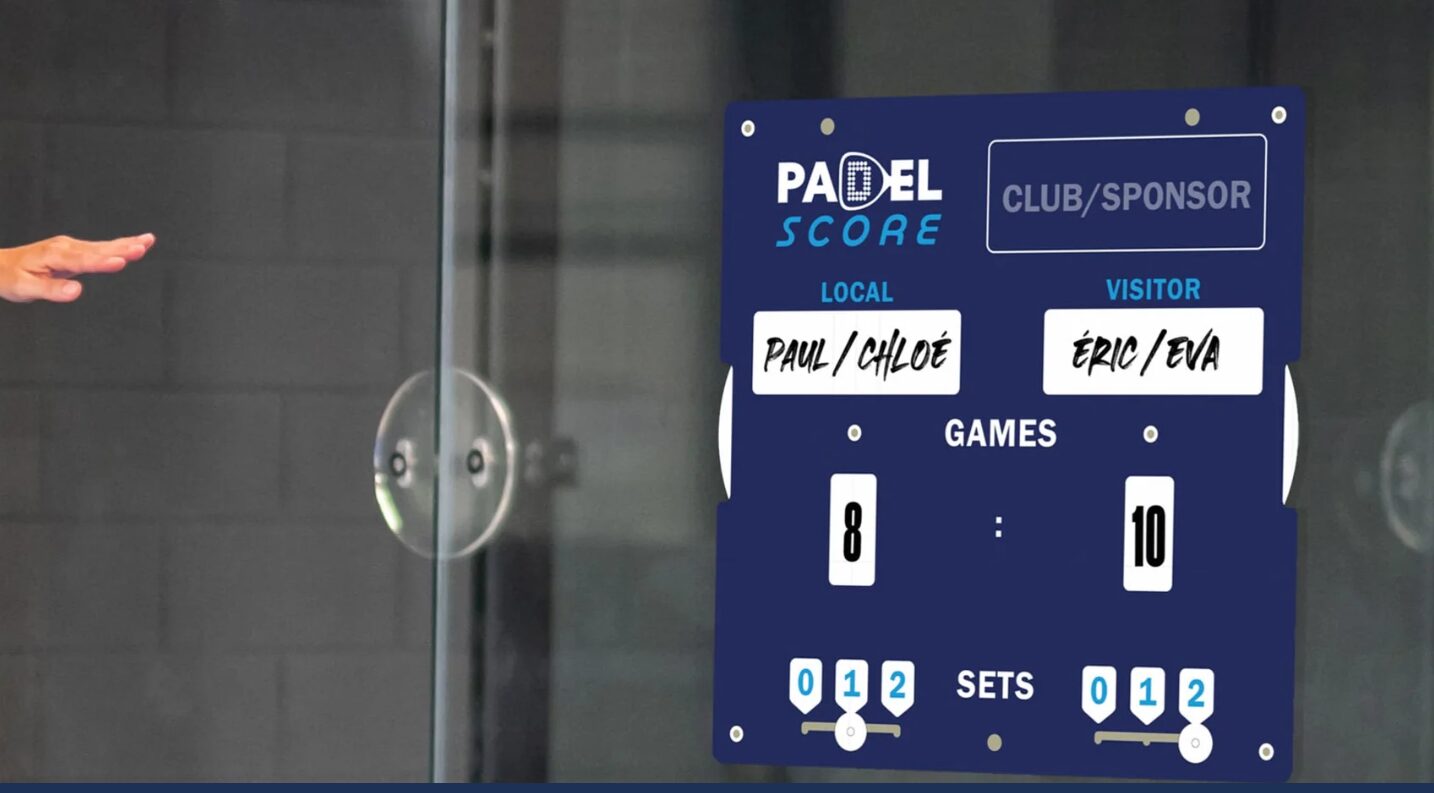 Padel Score: an essential table for keeping score
Padel Score: an essential table for keeping score Léa Godallier makes her big return to the slopes this weekend
Léa Godallier makes her big return to the slopes this weekend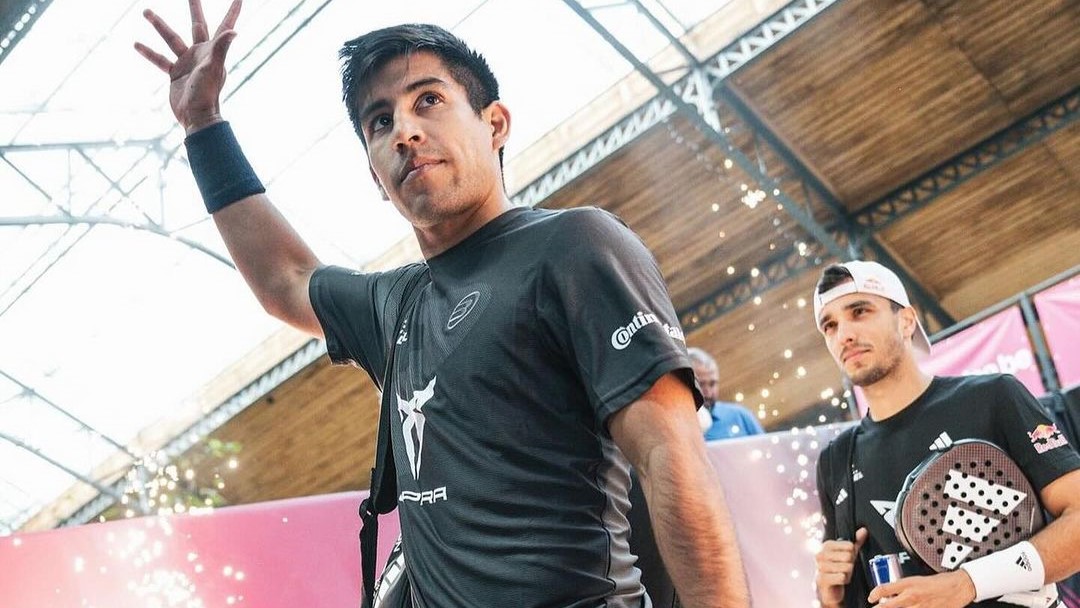 Premier Padel Brussels P2 – “Chingalan” on the way to its second final
Premier Padel Brussels P2 – “Chingalan” on the way to its second final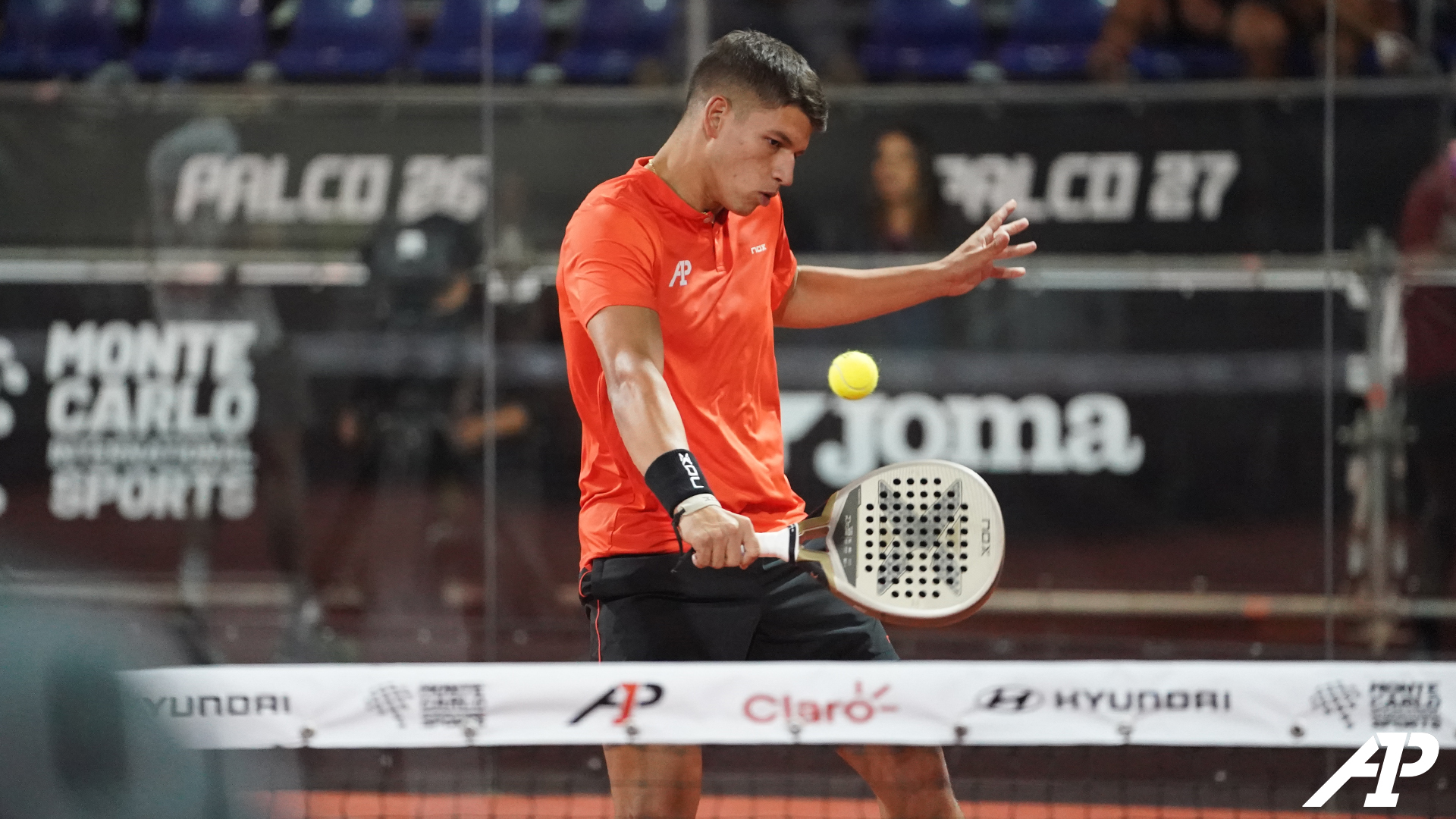 Martin Abud joins Team Nox
Martin Abud joins Team Nox José Manuel Escin at the inauguration of Casa Padel DOS: “Finally, and thank you!”
José Manuel Escin at the inauguration of Casa Padel DOS: “Finally, and thank you!” Padel Score comes to Tahiti for American Express Padel Cup!
Padel Score comes to Tahiti for American Express Padel Cup! Do you know the Rafa Nadal Academy Tour?
Do you know the Rafa Nadal Academy Tour? Play at padel on his yacht? Possible for €233.000!
Play at padel on his yacht? Possible for €233.000! The score at padel : manual
The score at padel : manual Our Top 10 training courses padel in France and Europe
Our Top 10 training courses padel in France and Europe At the heart of padel – Episode 25: Paul and Andoni answer your questions
At the heart of padel – Episode 25: Paul and Andoni answer your questions At the heart of padel – Episode 23: defend the window well
At the heart of padel – Episode 23: defend the window well Prohibition on playing topless Padel : the reasons
Prohibition on playing topless Padel : the reasons FIP Tour – Going far from Europe, THE strategy to earn points!
FIP Tour – Going far from Europe, THE strategy to earn points! What is a good football player? padel ?
What is a good football player? padel ? “Lefties give me headaches when I play against them!”
“Lefties give me headaches when I play against them!” At the heart of padel – Episode 14: how to earn points in winter?
At the heart of padel – Episode 14: how to earn points in winter? The basic tactics of padel
The basic tactics of padel A par 4 is always a winner...even if you manage to defend it!
A par 4 is always a winner...even if you manage to defend it! Carbon fiber VS fiberglass: what to choose?
Carbon fiber VS fiberglass: what to choose? How to effectively test a racket padel ?
How to effectively test a racket padel ? La padel to fight Parkinson's disease
La padel to fight Parkinson's disease Don't play with a cracked or broken racket, your body will thank you!
Don't play with a cracked or broken racket, your body will thank you! Michel Cymes: “The padel, physically, it’s serious!”
Michel Cymes: “The padel, physically, it’s serious!” Jeremy Gala: “Promote the padel among young people in Belgium remains a challenge”
Jeremy Gala: “Promote the padel among young people in Belgium remains a challenge” The French Touch Academy organizes its selection day Padel-Study
The French Touch Academy organizes its selection day Padel-Study Report on the detection and training of younger generations
Report on the detection and training of younger generations